The Highly Maneuverable Nakajima Ki-43 ‘Oscar’ in 27 Photos
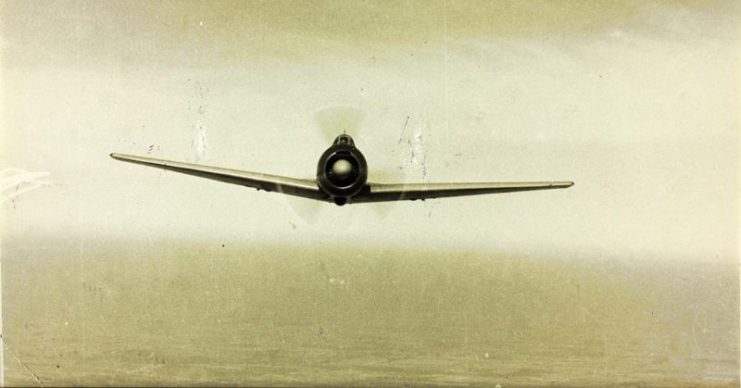
The Nakajima Ki-43 Hayabusa was a fragile, slow and lightly armed land based fighter aircraft flown by the Imperial Japanese Army Air Service during World War II. Despite these drawbacks, the Ki-43 had a fearsome reputation for its extreme manoeuvrability and brilliant rate of climb, making it a tough match in a dogfight.
The Allies’ official reporting name for the Ki-43 was the Oscar, but many pilots referred to it as the ‘Army Zero’, as in the air its familiar shape, radial engine and bubble canopy resembled that of the A6M Zero used by the Japanese Navy.
The aircraft was designed by Hideo Itokawa, a future pioneer in Japanese rocketry, but it wasn’t always a good aircraft.

Intended to replace the Ki-27, the Ki-43’s first prototype flight in 1939 showed disappointing capabilities, and offered manoeuvrability worse than the Ki-27.
More prototypes were built between 1939 and 1940 that incorporated many changes to the aircraft. Some of these changes included a slimmer fuselage, a new canopy, and the introduction of Fowler flaps to improve the lift of the plane’s wings at a certain speed. The Fowler flap was implemented on the 11th prototype and brought about a dramatically enhanced performance in tight turns.
By the 13th prototype, all of these changes had been combined into one aircraft, and tests with it were successful. The Nakajima Aircraft Company began production of the aircraft as the Ki-43-I.

The aircraft was incredibly light at just 2.8 tons fully loaded, which is 5 tons lighter than a P-47, and was powered by a Ha-25 radial engine. This gave the aircraft an good power to weight ratio, resulting in exceptional agility and rate of climb. However it only had a maximum speed of 308 mph at 13,160 ft.
It suffered with fairly lacklustre firepower, with most early aircraft coming equipped with two 7.7 mm Type 89 machine guns in the nose, often insufficient of bringing down heavily armored US aircraft. The Ki-43 also had issues with wing strength, with aircraft’s wing structures failing.
In 1942, test aircraft for an updated version of the Ki-43 took their maiden flights. Named the Ki-43-II, it had its Ha-25 fourteen cylinder engine uprated with 2 stage supercharger, improving horsepower to 1,300, and top speed to 330 mph. The wing structure of the Ki-43-I was strengthened in the Ki-43-II, and racks were added to the wings for drop tanks or bombs.
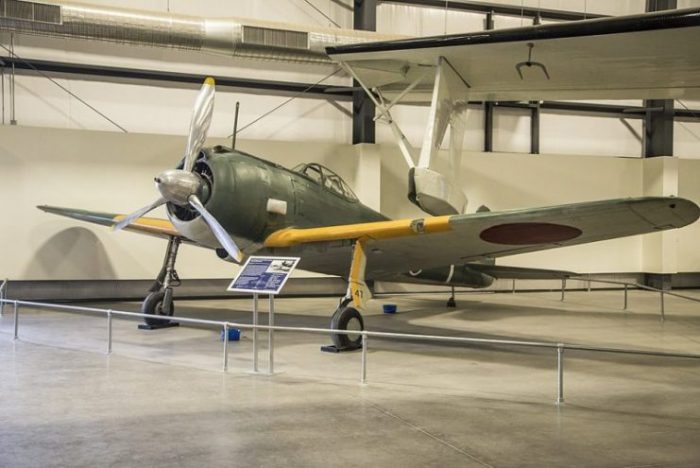
It was armed with two fixed, forward-firing 12.7 mm Ho-103 machine guns in the nose.
It had self-sealing fuel tanks and a 13 mm armor plate behind the pilot. Its canopy was slightly taller, and a reflector gunsight replaced the telescopic gunsight of the earlier prototype.
By November 1942, production of the Ki-43-II began.
The Nakajima Ki-43 was Japanese Army Air Force’s workhorse. The 59 Flight Regiment was the first to be equipped with the type and made their operation debut in October 1941.
Ki-43s fought over the skies of the Japanese home islands, China, the Malay Peninsula, Burma, the Philippines, New Guinea, and other South Pacific islands.
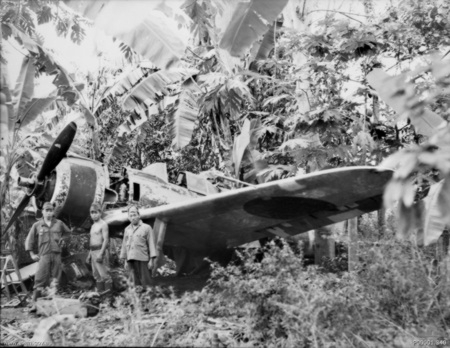
In their first combat engagements, the aircraft was dominant in the skies, outclimbing and manoeuvring Allied aircraft. But just like the Zero, as newer designs came to the front, the Ki-43’s drawbacks were exposed. Its fragile airframe easily falling victim to US .50 caliber carrying aircraft, while its own 7.7 mm machine guns were much less effective.
From October to December 1944, 17 Ki-43s were downed, but they scored a total of 25 kills in return, claiming Allied aircraft such as the C-47, B-24 Liberator, Spitfire, Beaufighter, Mosquito, F4U Corsair, B-29 Superfortress, F6F Hellcat, P-38, and B-25.
Towards the end of the war, Ki-43s, just like many other Japanese aircraft, they were employed in kamikaze strikes.
By the time of its retirement in 1945 in Japan and 1952 in China, a total of 5,919 Nakajima Ki-43s had been built, with 13 variants.
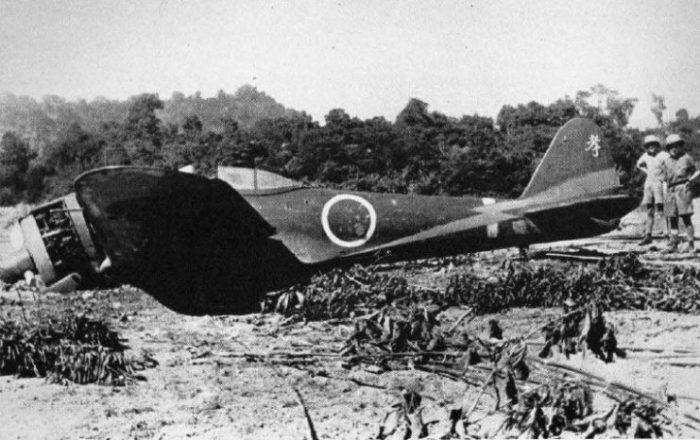
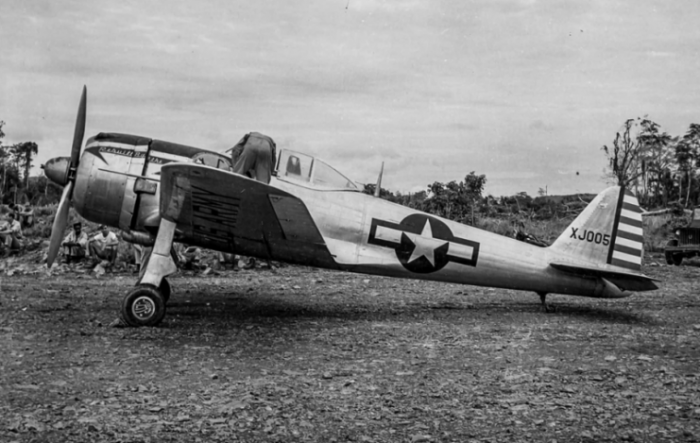
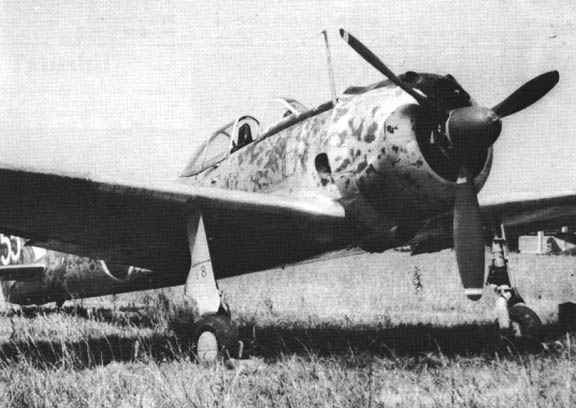
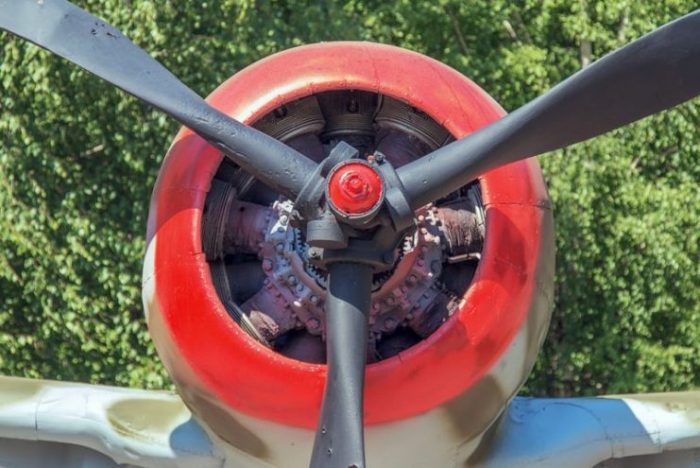

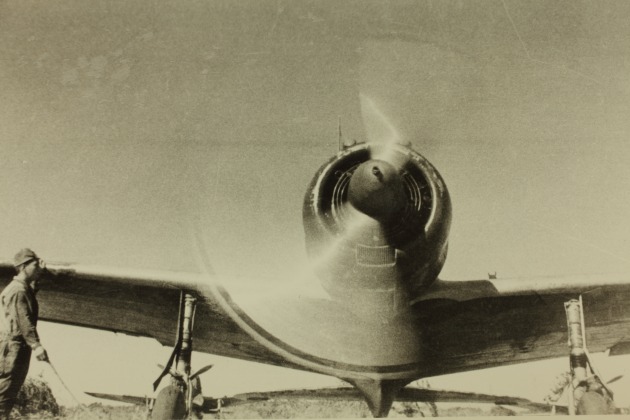
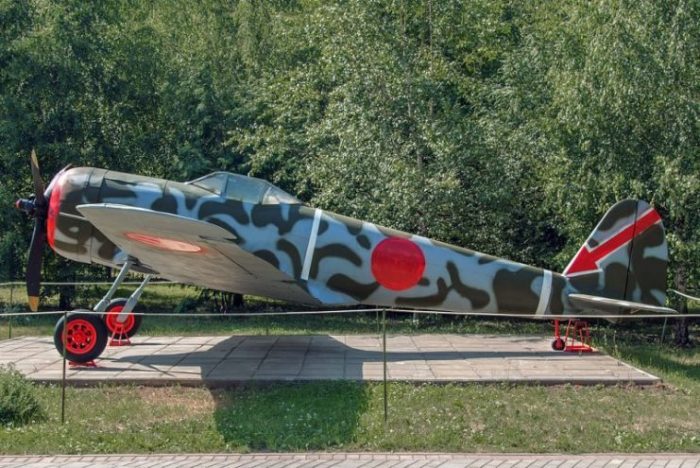
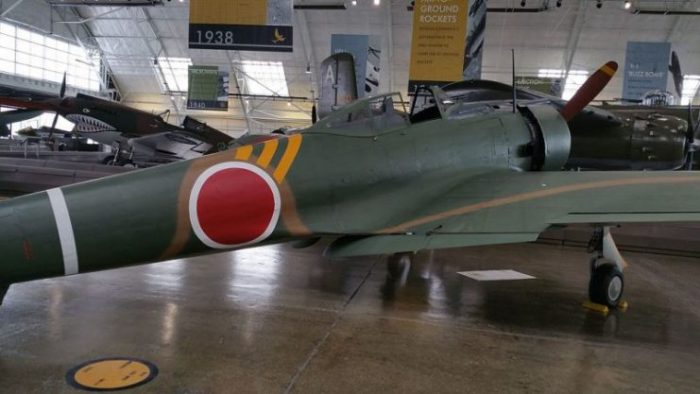
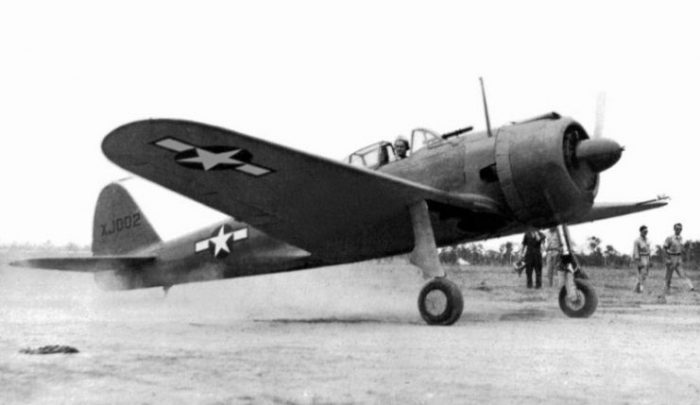
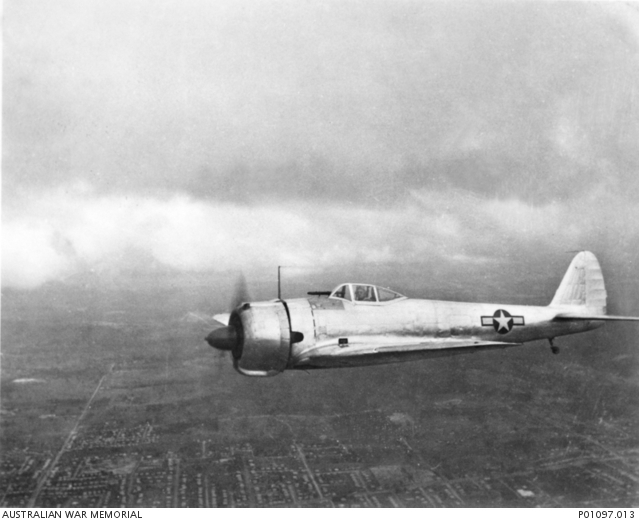


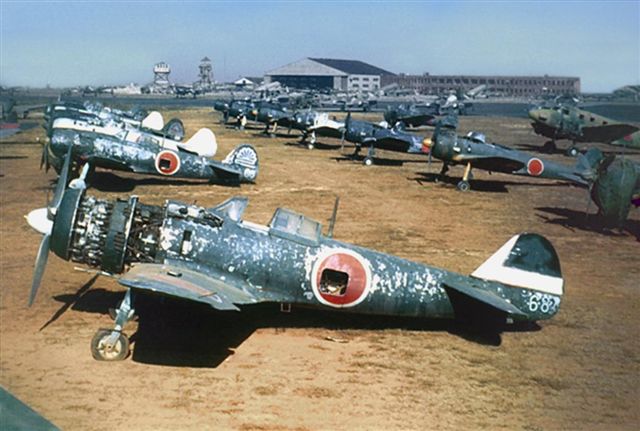
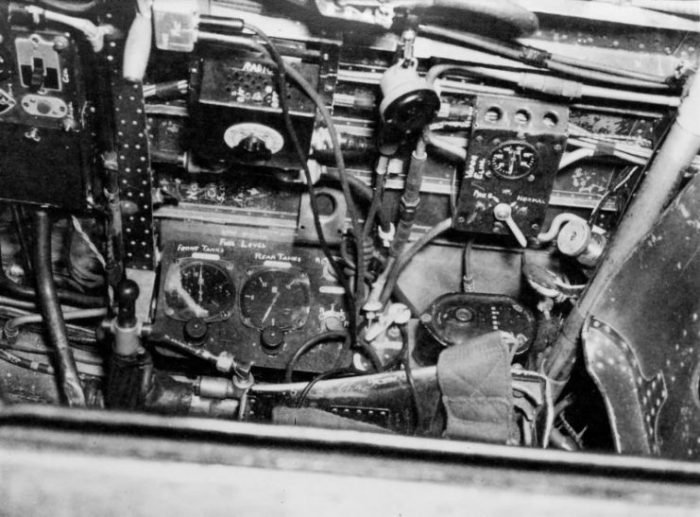


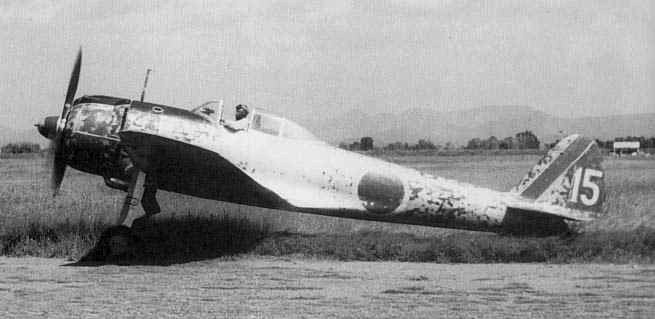

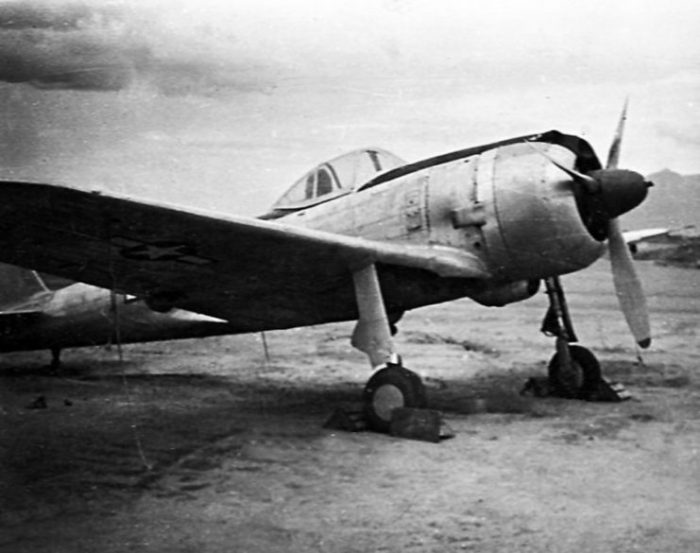
Another Article From Us: Avro Lancaster – One of the Most Capable Bombers of the War in 20 Images

